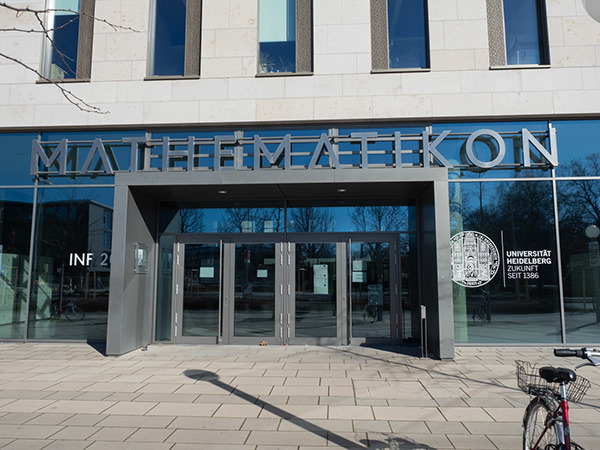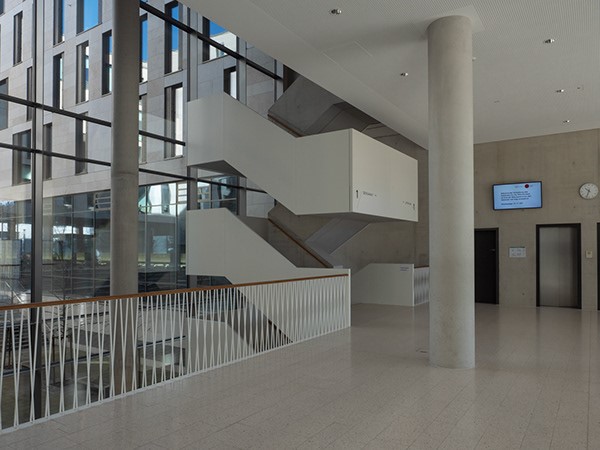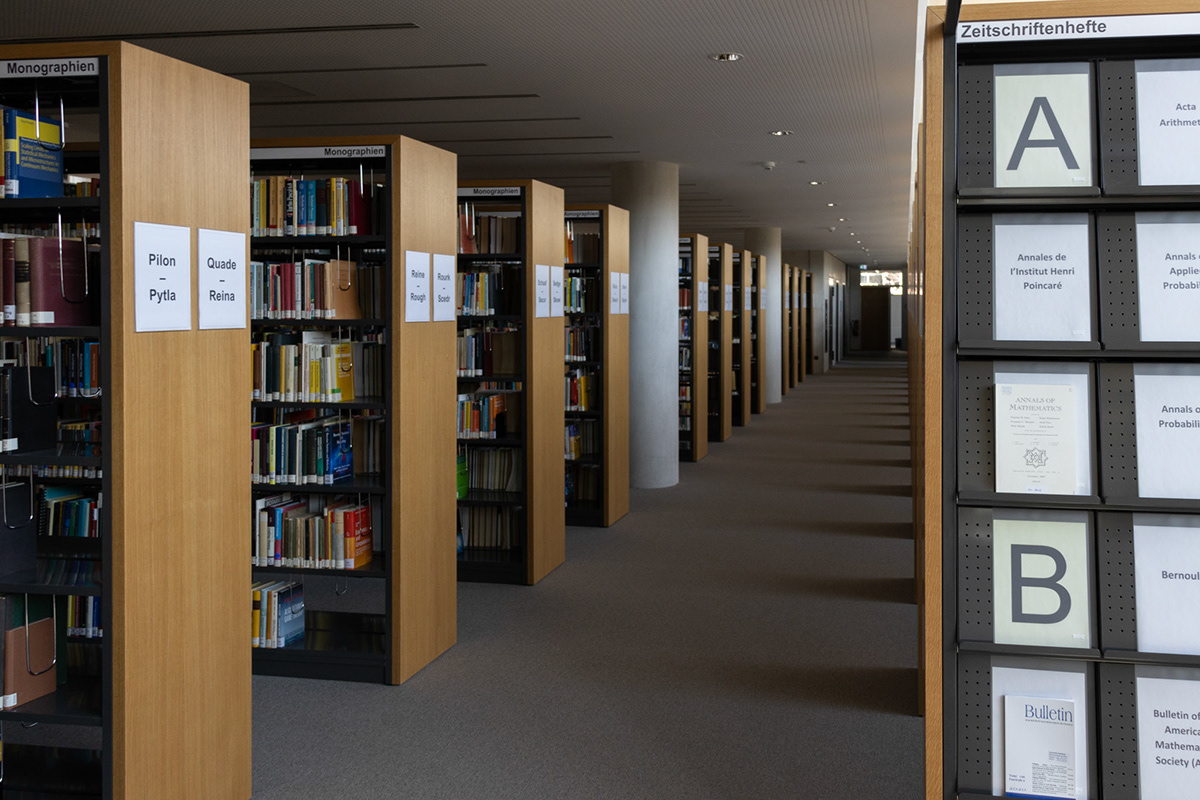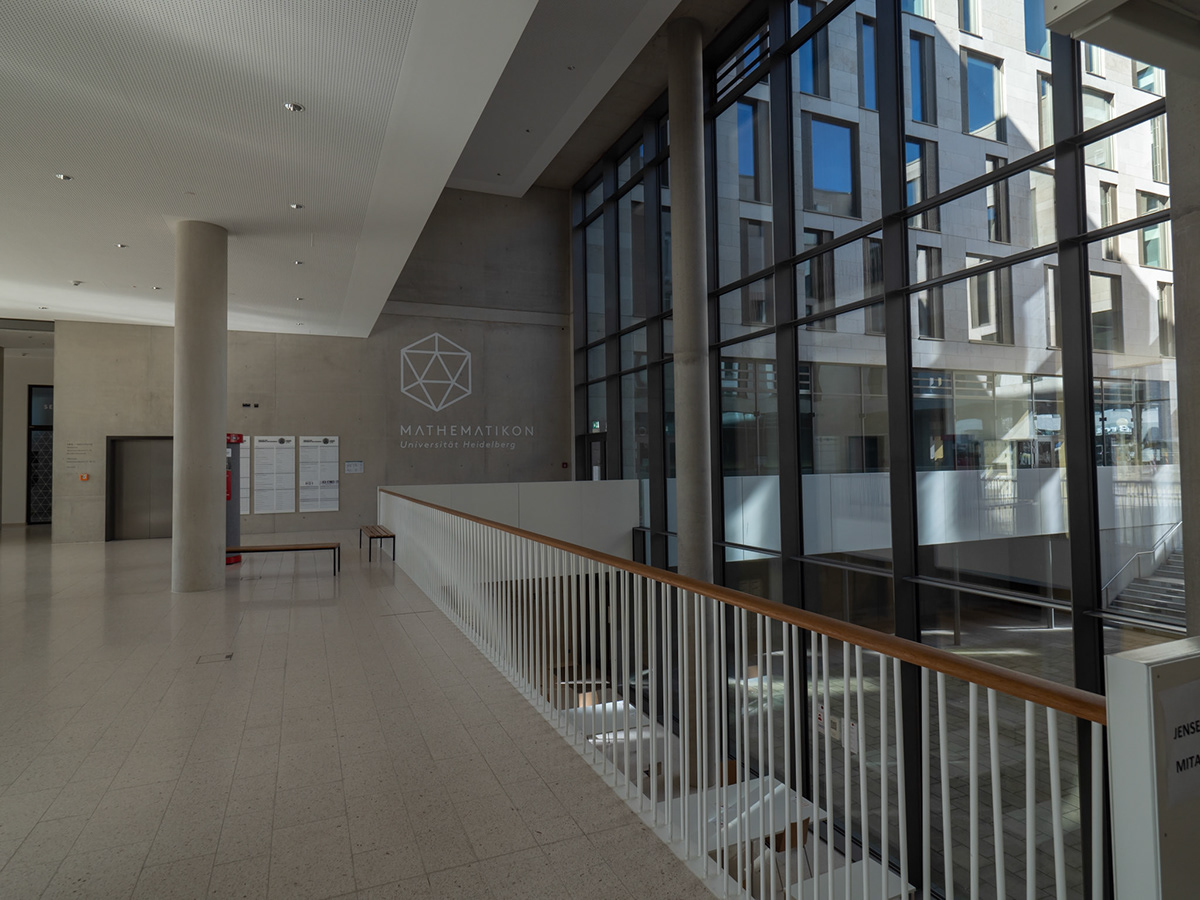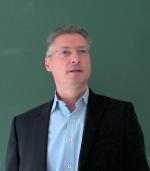
Topology and Geometry
Topological activity in Heidelberg extends beyond the study of manifolds, that is, spaces that are locally Euclidean, to spaces that may contain singular points. By grouping equisingular points into strata, one arrives at the notion of a stratified space. Important examples include real or complex algebraic varieties, simplicial complexes, orbit spaces of group actions, compactifications, and spaces used in physics, such as orbifolds and conifolds. We develop, compute, and apply invariants such as new cohomology theories, stratified homotopy invariants, bordism theories, as well as associated orientation and characteristic homology classes, for stratified singular spaces. Mathematical and physical duality theories such as Poincaré duality and mirror symmetry play an important role. In low dimensions, topology, geometry and physics connect through knot invariants and topological quantum field theories such as Chern-Simons theory. Different descriptions, interpretations and applications of these theories pave the way for a rich interaction of research fields, pursued within the Heidelberg Cluster of Excellence STRUCTURES, including topology, algebraic geometry, differential geometry, geometric analysis and mathematical physics.
Historical Perspective
The prestigious tradition in topology at Heidelberg's Mathematical Institute was founded by Herbert Seifert and continued by Albrecht Dold, Dieter Puppe and Matthias Kreck. Seifert's name is connected with such fundamental concepts as Seifert fiber spaces, Seifert surfaces in knot theory, and the Seifert-van Kampen theorem. Dold's discoveries in algebraic topology, among them the Dold-Thom theorem, the Dold-Kan correspondence, Dold fibrations, Dold manifolds, and the general theory of orientation classes are in routine use today. His fixed-point theorem has found applications in economics. The work of Puppe shaped modern stable homotopy theory, while Kreck's contributions bridge areas ranging from smooth 4- and higher-dimensional manifold theory to stratified spaces via his concept of stratifolds.
Manifold theory
Manifolds are spaces that look locally like Euclidean space near every point. This uniformity has powerful consequences, among them the homological symmetry of Poincaré duality. Classifying manifold structures on a given Poincaré duality space of arbitrary dimension has been a central objective of topology for several decades. Within the ensuing framework of topological surgery theory originated powerful, refined invariants of manifolds. Characteristic cohomology classes associated to vector bundles such as the tangent bundle play a distinguished role. Particularly interesting types of manifolds are obtained by considering additional structure, for example a complex or symplectic structure. Placing further restrictions on the structure group of the tangent bundle lead to manifolds relevant in physics, e.g. Calabi-Yau manifolds.
Singular and Stratified Spaces
Many spaces arising in mathematics and its applications are, however, not uniform but have singularities. Similarly, smooth maps between smooth manifolds generally have singularities. It was realized early on by Whitney, Thom and Mather that it is advantageous to organize points in the space into equisingular strata. Now, Poincaré duality breaks down in the presence of singularities, but can be restored by changing to different cohomology theories: There are presently three theories that exhibit a generalized form of Poincaré duality: Intersection cohomology, discovered by Goresky and MacPherson, -cohomology with respect to conical metrics, discovered by Cheeger, and the cohomology of intersection spaces, discovered by Banagl. Each of these theories depends on a parameter, and for a self-dual choice of parameter, the two first named theories are isomorphic, while the third generally has quite different Betti numbers. The construction of intersection spaces can be viewed as a homotopy theoretic desingularization of a space.
The above theories are not invariant under arbitrary homotopies and it is natural to consider and further develop stratified homotopy theory. For example, work carried out by Banagl, Mäder, Sadlo and Waas in topological data science within the Cluster of Excellence STRUCTURES lead to the discovery of concrete elementary simplicial collapses and expansions that imply the existence of a stratified simple homotopy theory. Often, duality issues on singular spaces are best understood by considering Verdier self-dual complexes of sheaves with appropriate stalk and costalk vanishing conditions. If there are strata of odd codimension, the existence of such complexes may be obstructed, but if existent, they lead to cohomology theories with duality closely related to intersection cohomology. In the case of the reductive Borel-Serre compactification of Hilbert modular surfaces, for instance, the obstructions have been found to vanish. Once duality is restored, and the self-duality obstructions vanish, many of the invariants of manifolds alluded to above can be generalized to singular spaces, but their computation presents many interesting challenges, since the functorial bundle theoretic calculus used in the manifold case is not available in the singular case.
Nevertheless, it turns out that important L-theoretic objects can still be constructed: One particular recent breakthrough was the construction of a Dold-type orientation class in symmetric L-homology for singular spaces by Banagl, Laures (Bochum), and McClure (Purdue). This implies the existence of invariants such as higher and symmetric signatures for singular spaces. Closely related classes in the K-homology of singular spaces can be constructed topologically or using analytic methods. The Banagl-Hunsicker Hodge-Theorem allows for a topological interpretation of -cohomology spaces associated to scattering metrics in terms of the cohomology of intersection spaces. For complex algebraic varieties, there are strong ties to Saito's theory of mixed Hodge modules, designed for singular varieties. We are only beginning to understand the relation of the above topological invariants to those coming from MHMs such as the intersection Hodge module.
Mathematical Physics
Physical dualities often imply mathematical dualities. A case in point is the phenomenon of mirror symmetry, which arose in theoretical physics and lead to concrete predictions concerning the number of rational curves on Calabi-Yau manifolds, many of which have been mathematically verified. Conifold transitions relate different Calabi-Yau manifolds to each other. The conifold itself is a singular space and if two conifolds sit in mirrored transitions, then Goresky-MacPherson's intersection cohomology is mirrored to Banagl's cohomology of intersection spaces.
Research Groups
If you are interested in the above research directions in Topology and Geometry, we invite you to follow the introductory course sequences in algebraic topology, differential topology, differential geometry, or mathematical physics. The knowledge gained in these courses can then be deepened by participation in various seminars and topics courses. Research opportunities are offered in the framework of Master and Doctoral theses. To apply, please contact one of the following research group leaders.


